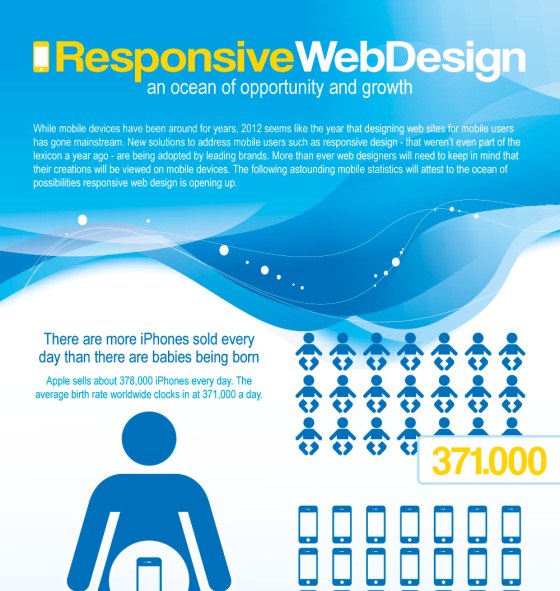Interested In Learning Just How Internet Site Design Has Transformed Over The Years? Discover The Progression From Basic, Simple Layouts To User-Centered Techniques That Focus On The Requirements And Preferences Of Online Site Visitors
Interested In Learning Just How Internet Site Design Has Transformed Over The Years? Discover The Progression From Basic, Simple Layouts To User-Centered Techniques That Focus On The Requirements And Preferences Of Online Site Visitors
Blog Article
Write-Up By-Carstens Vinson
In the past, web sites were basic and concentrated on information. Navigation was direct, and style was for desktops. Currently, individual experience is crucial. https://email-marketing-service16161.dgbloggers.com/30247329/enhancing-your-site-s-performance-via-expert-on-page-search-engine-optimization-methods overviews layouts for very easy navigation. Responsive designs suit various devices. Today, dark setting decreases strain, and minimal menus enhance navigation. Interactive attributes engage individuals, and vibrant visuals stick out. https://video-marketing-jobs-sala95173.blogginaway.com/30437787/boost-your-internet-site-s-performance-with-on-page-seo-proficiency enhances engagement. See exactly how design has actually developed to enhance your on-line trip.
Early Days of Website Design
In the early days of web design, simplicity preponderated. Web sites were fundamental, with restricted shades, fonts, and designs. The focus got on supplying details as opposed to showy visuals. Individuals accessed the net with sluggish dial-up connections, so rate and performance were key.
Navigating food selections were straightforward, generally situated on top or side of the page. Internet sites were made for home computer, as mobile browsing had not been yet prevalent. Web content was king, and developers prioritized easy readability over complicated design components.
HTML was the primary coding language made use of, and designers had to function within its restraints. best local seo and interactive functions were marginal contrasted to today's requirements. Sites were fixed, with little dynamic content or individualized user experiences.
Surge of User-Focused Style
With the advancement of site style, a shift towards user-focused design principles has ended up being significantly prominent. Today, developing web sites that prioritize customer experience is critical for involving site visitors and accomplishing business goals. User-focused style involves comprehending the demands, choices, and actions of your target market to tailor the web site's format, material, and includes as necessary.
Designers now carry out thorough research study, such as customer surveys and use screening, to gather understandings and responses directly from individuals. This data-driven strategy aids in creating instinctive navigation, clear calls-to-action, and visually appealing user interfaces that reverberate with site visitors. By positioning the individual at the facility of the design procedure, internet sites can supply a more tailored and delightful experience.
Receptive layout has also become a key element of user-focused style, making certain that internet sites are optimized for various devices and display dimensions. This flexibility boosts availability and functionality, accommodating the diverse ways users interact with web sites today. Basically, the increase of user-focused style symbolizes a shift towards producing electronic experiences that focus on the demands and expectations of completion customer.
Modern Trends in Web Design
Explore the most up to date patterns forming web design today. One popular pattern is dark mode style, using a sleek and modern-day look while reducing eye strain in low-light settings. Another crucial pattern is minimalist navigating, simplifying food selections and boosting customer experience by focusing on essential elements. Integrating micro-interactions, such as computer animated buttons or scrolling results, can develop an extra engaging and interactive internet site. https://seo-service72716.blog2news.com/30431696/increase-your-presence-on-the-web-by-picking-the-perfect-neighborhood-seo-business-for-your-firm-discover-just-how-to-make-the-very-best-choice continues to be critical, making sure seamless individual experiences across various gadgets. Furthermore, making use of vibrant typography and asymmetrical layouts can include visual passion and draw attention to particular content.
Incorporating AI innovation, like chatbots for customer support or customized recommendations, enhances individual involvement and simplifies procedures. Ease of access has also come to be a significant fad, with developers focusing on comprehensive layout techniques to accommodate diverse user requirements. Accepting sustainability by maximizing web site performance for rate and performance is another arising trend in website design. Working together with individual feedback and information analytics to iterate and improve style continuously is necessary for staying appropriate in the ever-evolving digital landscape. By embracing these modern fads, you can produce a visually enticing, user-friendly web site that reverberates with your audience.
Conclusion
As you review the development of site style from the very early days to now, you can see exactly how user-focused design has actually ended up being the driving force behind modern-day patterns.
Embrace the trip of change and adaptation in website design, always maintaining the individual experience at the center.
Remain existing with the current fads and innovations, and never ever stop evolving your approach to develop visually stunning and user-friendly websites.
Evolve, adapt, and develop - the future of website design remains in your hands.
